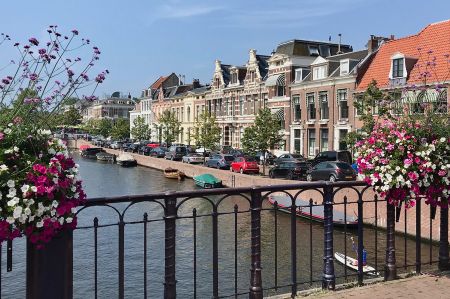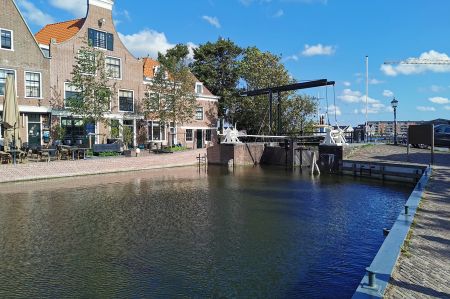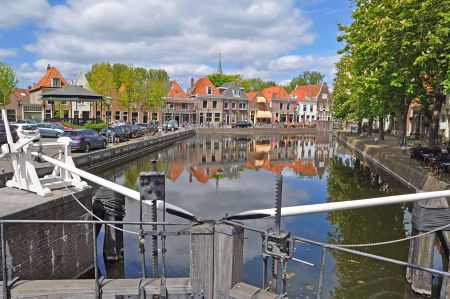Spaarndam - the eternal battle with the water
- Written by Portal Editor
Sure, Holland is a relatively flat country, with large parts of the land area even lying below sea level, that's what you learn in school.
It is also clear that this location repeatedly places special demands on the residents in terms of hydraulic engineering and coastal protection, which have had to be mastered for centuries. However, the absolutely flat country is almost a paradise for bicycles, our means of transport, because you don't have to face the hassle of having to face steep inclines again and again. Such an extended bike tour had also taken us to Spaarndam, a small village in the province of North Holland, about 18 kilometers from our location near Amsterdam, which is particularly related to hydraulic engineering, as it is surrounded by water without being an island .
Spaarndam and the dikes – also a traffic route


Due to impoldering and the growing population in the outskirts, the town expanded significantly in the 19th and 20th centuries, especially in the east and south. Today, mainly commuters live in Spaarndam.
Cargo ships and a popular berth for houseboats.
Surrounded on both sides by large areas of water, Spaarndam-West in particular shows a historic townscape worth seeing, which is one of the first protected urban cultural assets in the Netherlands, largely preserved in its original form. Here is u. a. the Old Church (Oude Kerk), rebuilt after a storm in 1627, the picturesque harbour de Westkolk, an old lock system and a traditional eel smokehouse.
Erected by the Dutch Tourist Board, the statue symbolizes the long and arduous struggle of the Dutch people against the water.
Today, Spaarndam is a popular destination, especially for cyclists from the cities of Amsterdam and Harlem.
Pumping station creates a maximum water volume of 32 m³/s.
After the drainage of the Haarlemmermeer, once the largest lake in the Netherlands (17,000 hectares), was completed in 1852, the amount of discharge and the depth of the Spaarne decreased significantly. In addition, after the completion of the North Sea Canal (1876), a large part of the water taken from the polder flowed off via side canal F, which was connected to the Ringvaart. After much pressure from the industrial companies based on the Spaarne, the municipality of Haarlem finally had the river bed dredged out to prevent the threat of silting up.
Please read as well:
